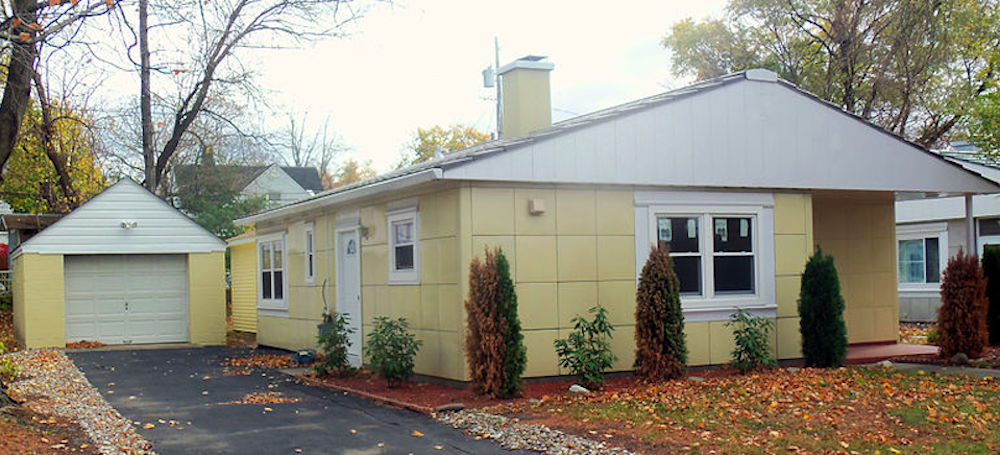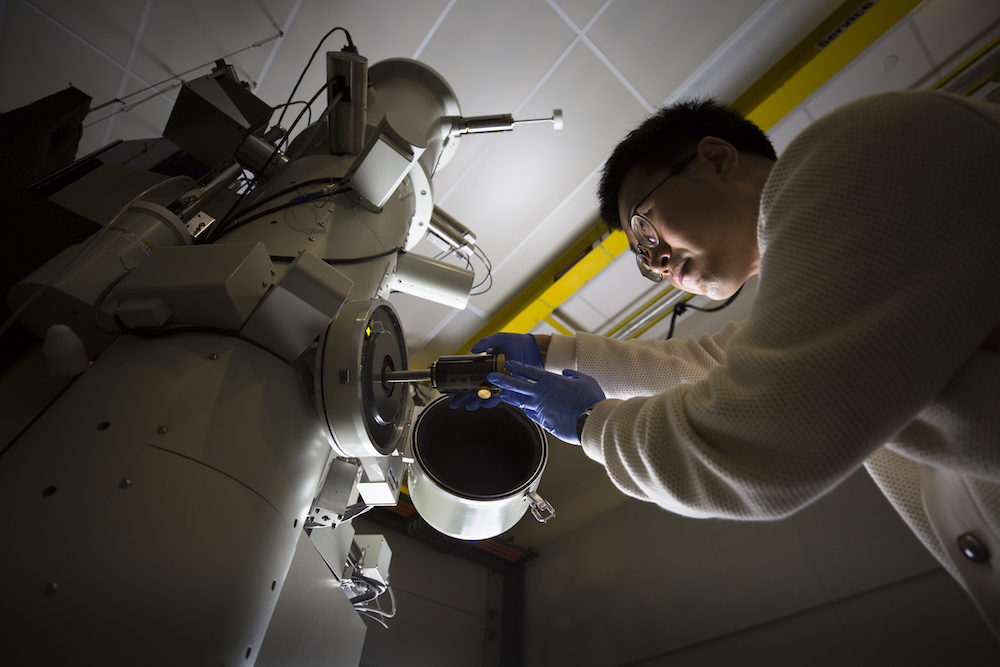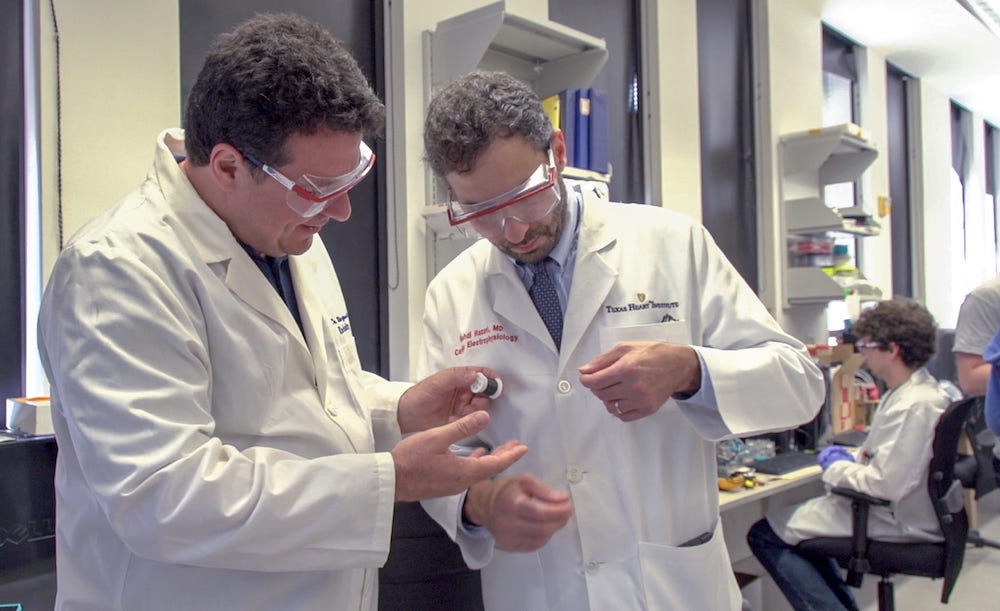Researchers at the University of Colorado Boulder designed a living building material cemented together with cyanobacteria-secreted calcium carbonate—offering possibilities for construction in resource-limited settings.
Read MoreA whole slate of startup companies are raising millions of dollars in funding to support their missions to extract resources from space—but is mining the moon for rare earth elements even feasible?
Read MoreBy incorporating electrospun nanofibers, The North Face’s new Futurelight gear is designed to be more breathable and lightweight than any other performance material currently on the market.
Read MoreA team of researchers developed a super slippery spray-on toilet bowl coating that prevents waste from sticking to the toilet bowl’s surfaces, allowing toilets to use less water to flush clean.
Read MorePorcelain enamel is found in various products, places, and applications in modern homes, but at one point in history, it looked like houses would be made entirely of this material. Learn the history of the Lustron homes that served as a quick and low-cost solution to the post-World War II housing crisis.
Read MoreUsing electron microscopy, a team of scientists investigated the nanomechanics of nacre—and their results show precisely how this biomaterial gains superior strength upon lockdown.
Read MoreIn today’s world of global commerce, product identity is a significant issue with considerable economic repercussions. TruTag Technologies is developing porous silica nanoparticles that use unique spectral signatures to authenticate goods.
Read MoreAn international team of scientists developed a unique 3D printing process to fabricate bioceramic structures—reminiscent of hot dogs—that frankly could be a fantastic solution to repair large bone defects.
Read MoreScientists at Rice University and Texas Heart Institute developed the first materials-based solution to repair electrical conduction defects in hearts—surgically sewing carbon nanotube fibers directly onto hearts to transmit electrical signals across damaged tissue.
Read MoreFrom an environmental sustainability standpoint, which is better: glass bottles or aluminum cans? Turns out, the answer is not so clear-cut.
Read More- « Previous
- 1
- 2
- 3
- 4
- Next »










